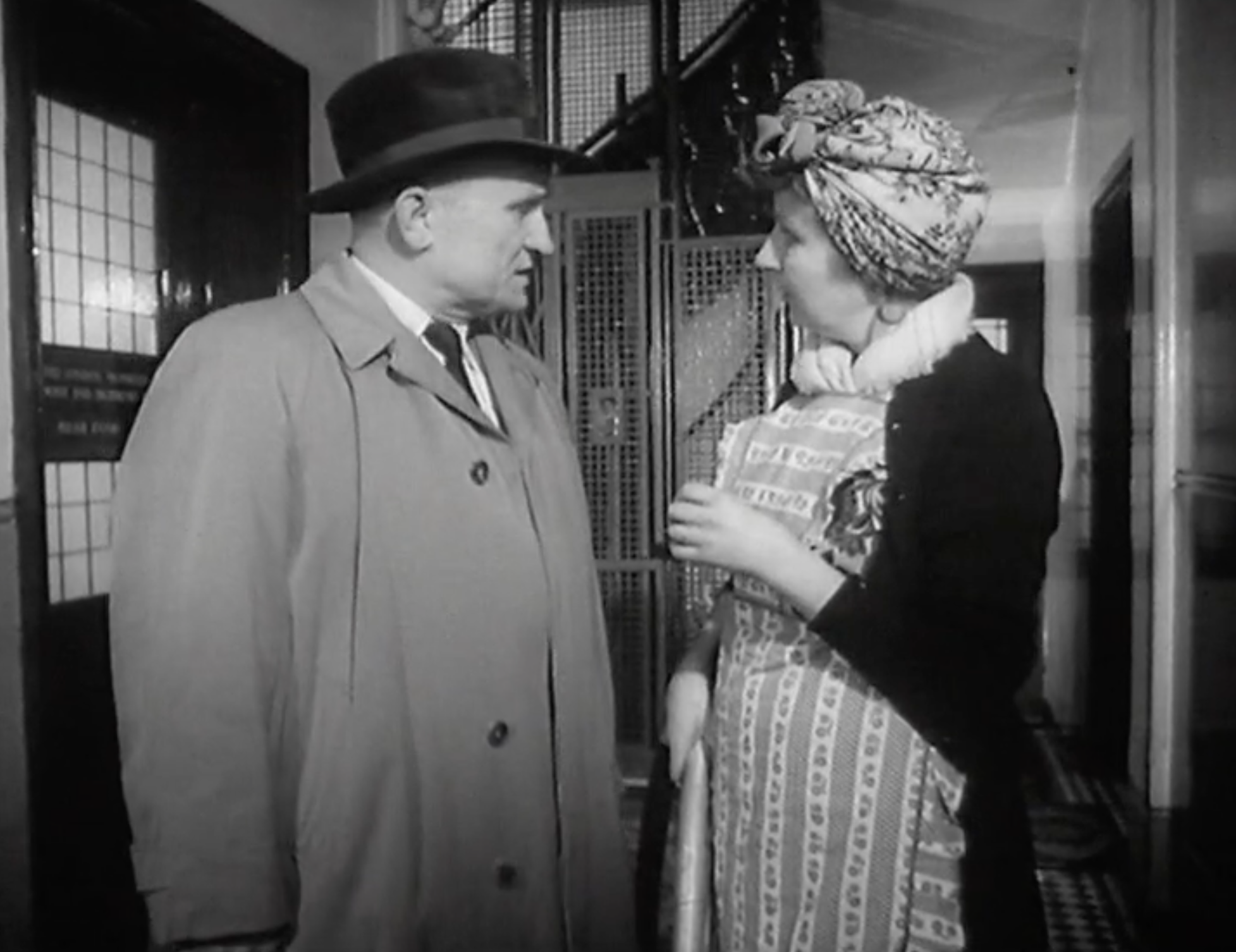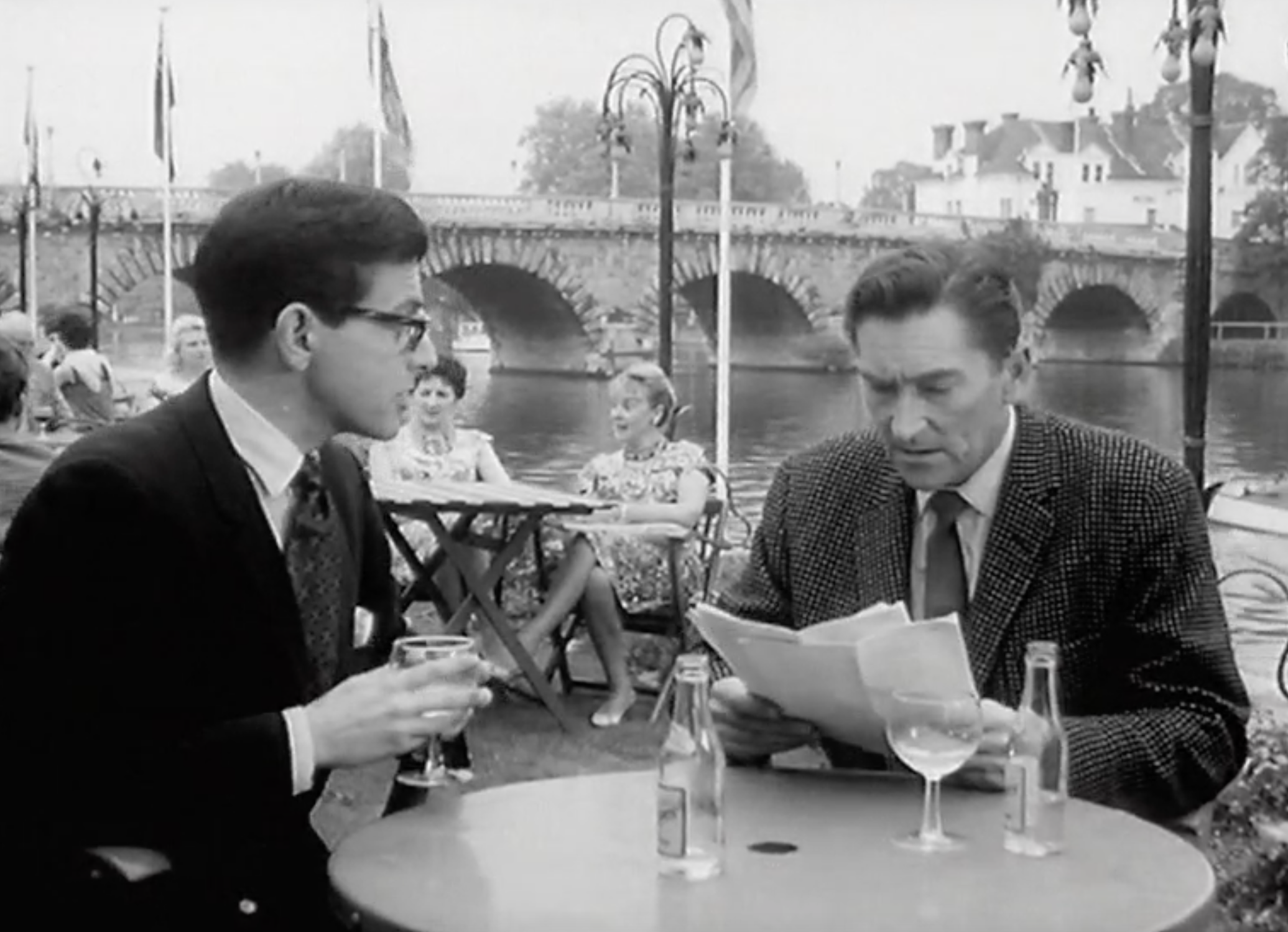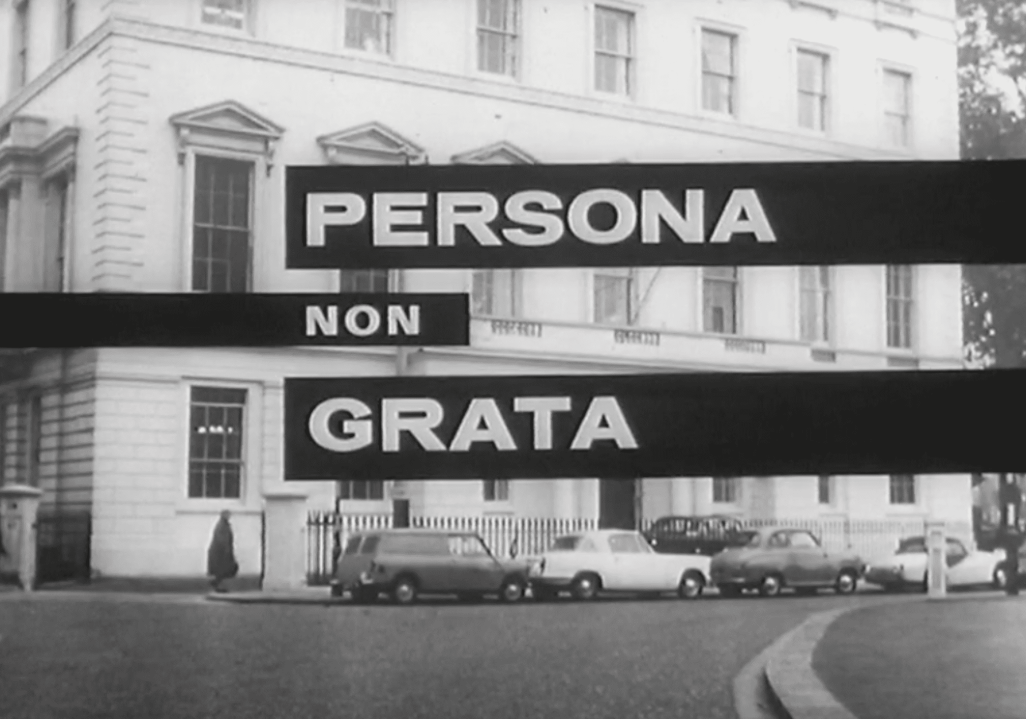Those attending the premiere of No Time to Die this week would perhaps be surprised to learn that the Bond films were once considered to be a national security threat. In the 1960s, with the image of Cold War espionage increasingly becoming shaped by films like Dr No, and TV series like Danger Man and The Avengers, MI6 feared that campy pulp fiction would drown out the real threat of Communist subversion. ‘The biggest single risk to security at the present time,’ one Whitehall report argued, ‘is probably a general lack of conviction that any substantial threat exists.’ ‘The master spy’, the intelligence services complained, ‘seems as much a part of bad fiction as the master criminal.’
It is a little known fact that in response the British Secret Intelligence Services began to commission their own films to explain the nature of spycraft – films that have recently been uncovered by the British Film Institute as they work through the archives of the Central Office of Information (COI).These films weren’t made by the Secret Intelligence Services for commercial audiences, or as overseas propaganda, but instead to train officials in the basics of spying and to counteract the glamour of the Bond series.
Films like It can’t happen to me, The lecture and Any one of us used fictionalised scenarios to simulate the threat posed by political and industrial espionage and to train officials in how to uncover it. Usually between half an hour and 45 minutes long, the films were designed to shake officials out of their complacency.
In Persona Non Grata, the plot centres around Cyril Vining, a fay aspiring artist at the Ministry of Defence who is trapped in a boring desk job with a bullying boss. Wined and dined by Nikolai Popov, a ‘Secretary’ at the Soviet Embassy, Vining is feted and paid handsomely for articles about British life for a Russian journal. Viewers spot the potential for blackmail long before the hapless Vining does.

If they were parables, the lessons of these films would be that homosexuality, foreigners and cross-class socialising are to be avoided
While clearly intended as a teaching aid, Persona Non Grata is most effective in building a sense of dread as Vining is lured slowly to his doom. The directors of these films previously worked on low budget titles like Blood of the Vampire and bought the tics of the commercial industry with them. At best one set of cultural mythologies about spying was being swapped for another for British intelligence agents.
The Lecture, by contrast, was set in the headquarters of the KGB. The film shows trainee Russian agents being instructed in how to infiltrate bourgeois society by joining evening classes. We’re shown how their subversive plans are unwittingly assisted by friendly bus conductors, grumpy caretakers, and gullible intellectuals.
From the perspective of today, these films seem to suffer from the same problems as Ealing’s ‘careless talk costs lives’ campaigns during the second world war. Just as Ealing’s anti-gossip films were perceived as being less about national security than middle-class meddling, the films of the Intelligence Services tend to attribute Communist successes to the stupidity of ordinary people. Cleaners talk too much, secretaries can’t keep their mouths shut, and any other information can be procured by buying a round of drinks at the pub.

If they were parables, the lessons of these films would be that homosexuality, foreigners and cross-class socialising are to be avoided. ‘It should indeed be a matter of etiquette and good manners’, we’re told ‘not to seek information to which you are not entitled.’ When abroad, ‘try to live sensibly and soberly, and not become too isolated from the British community.’
But while they may not have fulfilled their brief, the films helped set in train a series of significant changes that would alter the very nature of spycraft over the next few decades. Officials were constantly warned in these films and other internal propaganda that ‘Spies are with us all the time, they are interested in everything.’ Inevitably these constant warnings created a sense of paranoia and unease. From the Portland Spy Ring to Kim Philby’s defection and the Profumo affair, the finger of suspicion gradually moved from the oiks to the innermost sanctums of the establishment itself. Pretty soon, the intelligence services were obsessed with finding spies within their own ranks.
Conspicuously shot on location in Soho, eventually news of Persona Non Grata and Their Trade is Treachery, a booklet of lightly fictionalised case studies that was published alongside it, leaked to the press. Their Trade is Treachery was described by the investigative journalist Chapman Pincher as ‘a paperback thriller about the Russian spy machine, compiled by the Director-General of the Security Service – the real-life “M” of the James Bond novels.’ So much for challenging media sensationalism. In fact, according to records at the National Archives, Persona Non Grata and Their Trade is Treachery were put together by an intelligence officer who was ‘a successful author in his spare time’. This was likely John Le Carre. In 1981, Pincher went on to publish his own book that accused Sir Roger Hollis, MI5 Director-General in the fifties and sixties, of being a Soviet spy. With a nod to the campaigns of the sixties, he also named his book Their Trade is Treachery.

Today the Secret Intelligence Services are still battling the stereotypes of the Bond films to publicly stress how little the world of popular movies reflects reality. ‘Bond wouldn’t get through our recruitment process,’ said Alex Younger, then Head of SIS in 2016, ‘an intelligence officer in the real MI6 has a high degree of emotional intelligence, values teamwork and always has respect for the law.’
Yet at the same time the Secret Intelligence Services remain happy to assist with filming on the grounds that the Bond films are ‘good for morale’. Ultimately, it must have been decided that the bad fiction of Bond was preferable to MI6’s own ‘realist’ films which merely spread paranoia and mistrust. It seems the camp certainties of the early 1960s Bond films had their uses after all.







Comments